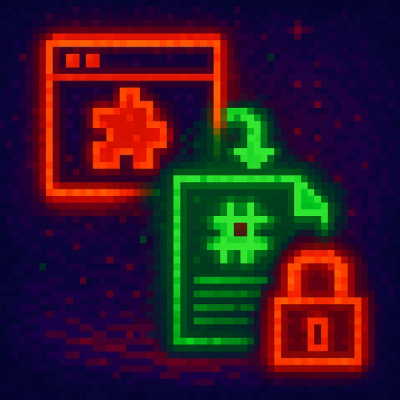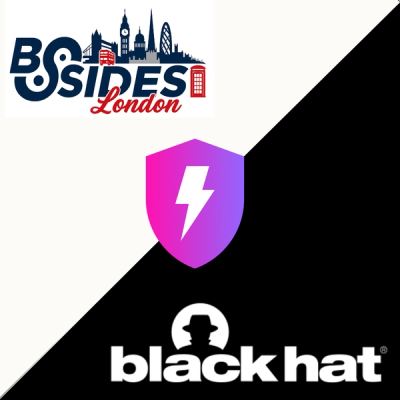@airtable/blocks-cli
Command line tool for Airtable Blocks development.
Installation
To install or update the block cli, run:
npm install --global @airtable/blocks-cli
Usage
$ npm install -g @airtable/blocks-cli
$ block COMMAND
running command...
$ block (-v|--version|version)
@airtable/blocks-cli/3.0.1 darwin-arm64 node-v22.14.0
$ block --help [COMMAND]
USAGE
$ block COMMAND
...
Commands
block add-remote BLOCKIDENTIFIER REMOTENAME
[Beta] Add a new remote configuration
USAGE
$ block add-remote BLOCKIDENTIFIER REMOTENAME
OPTIONS
-h, --help show CLI help
EXAMPLE
$ block add-remote app12345678/blk12345678 new-remote
block help [COMMAND]
display help for block
USAGE
$ block help [COMMAND]
ARGUMENTS
COMMAND command to show help for
OPTIONS
--all see all commands in CLI
See code: @oclif/plugin-help
block init BLOCKIDENTIFIER BLOCKDIRPATH
Initialize an Airtable extension project
USAGE
$ block init BLOCKIDENTIFIER BLOCKDIRPATH
OPTIONS
-h, --help show CLI help
--template=template [default: https://github.com/Airtable/apps-hello-world]
EXAMPLE
$ block init app12345678/blk12345678 hello-world-extension --template https://github.com/Airtable/apps-hello-world
block list-remotes
[Beta] List remote configurations
USAGE
$ block list-remotes
OPTIONS
-h, --help show CLI help
EXAMPLE
$ block list-remotes
block release
Release a build to an Airtable base
USAGE
$ block release
OPTIONS
-h, --help show CLI help
--remote=remote [Beta] Configure which remote to use
EXAMPLE
$ block release
block remove-remote REMOTENAME
[Beta] Remove a remote configuration
USAGE
$ block remove-remote REMOTENAME
OPTIONS
-h, --help show CLI help
EXAMPLE
$ block remove-remote old-remote
block run
Run the extension locally
USAGE
$ block run
OPTIONS
-h, --help show CLI help
--port=port [default: 9000] HTTPS port the server listens on. The server will listen for HTTP on PORT + 1.
--remote=remote [Beta] Configure which remote to use
EXAMPLE
$ block run
block set-api-key [APIKEY]
Set a personal access token (with block:manage scope) for an Airtable account to upload to
USAGE
$ block set-api-key [APIKEY]
OPTIONS
-h, --help show CLI help
--location=(user|app) [default: user]
EXAMPLE
$ block set-api-key
$ block set-api-key TOKEN
$ block set-api-key --location app TOKEN
block submit
Submit extension for review for listing in the the Airtable Marketplace
USAGE
$ block submit
OPTIONS
-h, --help show CLI help
--remote=remote Configure which remote to use
EXAMPLE
$ block submit
New features in v2
CSS Support
The new CLI supports css files within your extension by default. The default webpack bundler is
configured with css-loader and style-loader. This means you can import a css file into your
extension. Example:
// styles.css
.red {
color: red;
}
import {initializeBlock} from '@airtable/blocks/ui';
import React from 'react';
import './styles.css'
function MyExtension() {
return <div className="red">Hello world</div>;
}
initializeBlock(() => <MyExtension />);
Using code from other directories
The new CLI allows this method of code-sharing by allowing “sibling directories” outside the source
directory to be bundled. Those other directories can include npm imports based on link or file.
More details and an example can be found here.
Customizing the webpack config
By default, the CLI uses webpack to bundle your code. Out of the box, it supports using plain
JavaScript or TypeScript and styling via CSS files. If you want to customize the webpack config
further, you can do so by installing the @airtable/blocks-webpack-bundler package. For more
information about installing this package and customizing the webpack config, see the README for the
@airtable/blocks-webpack-bundler package at
packages/webpack-bundler/README.md.
Using a custom bundler
If customizing the webpack config as described above does not solve your use case, it is also
possible to replace the bundler entirely with a custom implementation. This is will require a
significant amount of work.
Custom bundlers allow users to replace the CLI's built-in bundling functionality that turns
extension source code into publishable artifacts. Your custom bundler's output must conform to the
Airtable platform's expected format, calling convention, and file structure.
Unlike other bundling systems, which allow configurability by composing multiple single-purpose
plugins (or replacing just part of the bundling pipeline), this CLI exposes a simpler bundler
extension API that expects a single, complete replacement of bundling functionality.
To use a custom bundler:
-
Save your bundler as a JavaScript file (i.e. index.js). The bundler must be a CommonJS module. If
your bundler in written in TypeScript, you must use the transpiled version as the entry file.
-
Then, change the block.json ‘bundler.module’ option to point at your new bundler entry file;
i.e.:
// block.json
{
“bundler”: {
“module”: “./bundler/index.js”
}
}
- Once the change is made, restart your dev server (if running on a dev server).
A bundler needs to implement the following APIs:
class Bundler {
async bundleAsync(options: ReleaseBundleOptions): Promise<void> {
// implement release build
}
async findDependenciesAsync(options: SubmitFindDependenciesOptions): Promise<{files: Array<string>}> {
// used in `block submit`
}
async startDevServerAsync(options: RunDevServerOptions & RunDevServerMethods): Promise<void> {
// implement run development build
}
async teardownAsync(): Promise<void> {
// implement any work needed to gracefully
// close bundler process
}
}
export default function() {
return new Bundler();
}
For more details about the bundler API, see src/bundler/bundler.ts
Static assets are still not supported by default, but you can now swap in your own bundler that
supports this.



